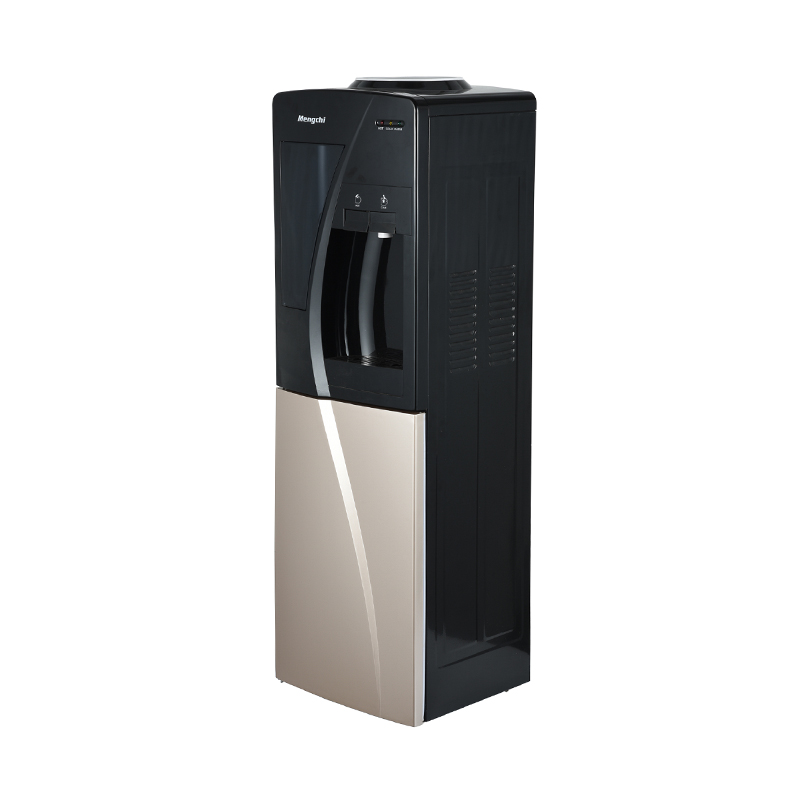Hygienic dispensing in modern water dispensers focuses on minimizing the risk of contamination during the water dispensing process.
Touchless Operation:
Touchless water dispensing is one of the most prominent features for maintaining hygiene. Many modern water dispensers incorporate infrared sensor technology, similar to touchless faucets, to allow users to dispense water without physically touching any part of the dispenser. Users simply place their hands or a container under the sensor, and water is dispensed automatically, reducing the risk of cross-contamination.
Foot Pedals and Push Buttons:
In addition to touchless sensors, some water dispensers offer foot pedals or push-button operation. These mechanisms allow users to activate the dispenser without using their hands, further enhancing hygiene.
Antimicrobial Surfaces:
To prevent the growth of bacteria and other microorganisms on high-touch surfaces, some water dispensers feature antimicrobial coatings or materials. These surfaces inhibit the growth and spread of germs, contributing to a cleaner and more hygienic environment.
Drip Trays and Splash Guards:
Drip trays and splash guards are essential components in modern water dispensers. They capture any spills or drips that may occur during dispensing, preventing water from pooling on surfaces and minimizing the risk of contamination. These components are usually removable and easy to clean.
Self-Cleaning Functions:
Maintaining a clean dispensing area is crucial for hygiene. Some advanced models come with self-cleaning functions that automatically clean the dispensing nozzle and surrounding areas after each use or at specified intervals. This feature helps prevent the buildup of mold, bacteria, or mineral deposits.
UV-C Sterilization:
As an additional layer of protection, certain modern water dispensers incorporate UV-C sterilization systems. UV-C light effectively disinfects the water and the internal components of the dispenser, killing bacteria and viruses that may be present in the water.
Hygienic Materials and Design:
Manufacturers of modern water dispensers pay careful attention to the materials used in their construction. Many components that come into contact with water are made from food-grade and non-porous materials that are easy to clean and maintain. The design of the dispenser often features smooth, rounded surfaces to prevent the accumulation of dirt and grime.
Filteration and Water Quality:
Hygienic dispensing goes hand-in-hand with water quality. Filtration systems in these dispensers remove impurities, contaminants, and unpleasant odors, ensuring that the dispensed water is not only clean but also safe and enjoyable to drink.
Regular Maintenance and Cleaning:
To maintain hygienic conditions, users are advised to perform regular cleaning and maintenance of the water dispenser. Cleaning guidelines are typically provided in the user manual, and it's essential to follow these recommendations to keep the dispenser in optimal condition.











